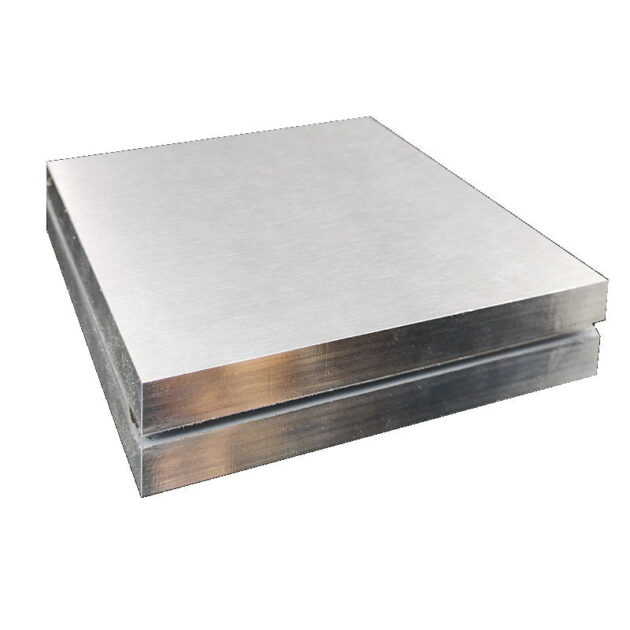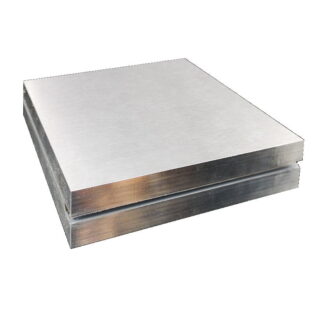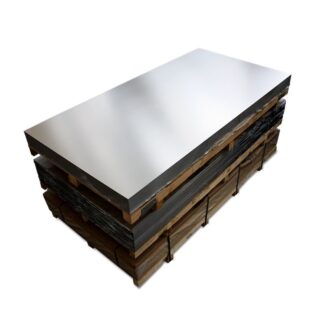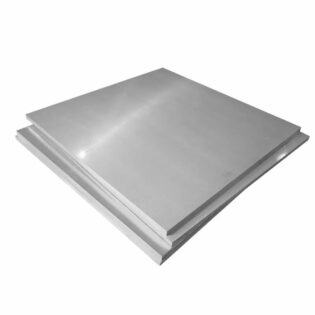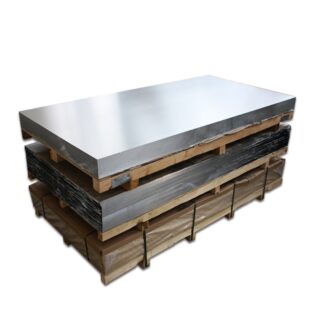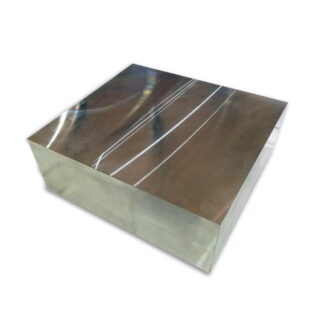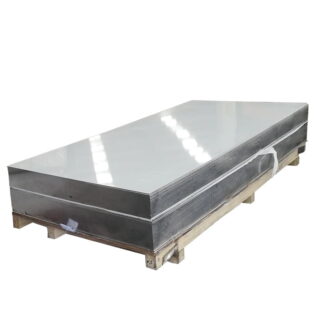4006 Aluminum Alloy
4006-O aluminum is 4006 aluminum alloy in the annealed condition. It has the lowest strength and highest ductility compared to the other variants of 4006 aluminum.
The graph bars on the material properties cards below compare 4006-O aluminum to: 4000-series alloys (top), all aluminum alloys (middle), and the entire database (bottom). A full bar means this is the highest value in the relevant set. A half-full bar means it’s 50% of the highest, and so on.
4006 Aluminum Alloy
4006-O aluminum is 4006 aluminum alloy in the annealed condition. It has the lowest strength and highest ductility compared to the other variants of 4006 aluminum. The graph bars on the material properties cards below compare 4006-O aluminum to: 4000-series alloys (top), all aluminum alloys (middle), and the entire database (bottom). A full bar means this is the highest value in the relevant set. A half-full bar means it’s 50% of the highest, and so on.
4006 aluminum is a 4000-series aluminum alloy. The main alloying addition is silicon. 4006 is the Aluminum Association (AA) designation for this material. In European standards, it will be given as EN AW-4006. AlSi1Fe is the EN chemical designation. Additionally, the UNS number is A94006. It has the highest electrical conductivity among 4000-series alloys. In addition, it can have the highest ductility and has the highest thermal conductivity.
4006 aluminum alloy is the National Aerospace Standard that governs the application of aluminum coatings for fasteners, including titanium fasteners. NAS fastener specifications are commonly used for high strength steel, titanium, Inconel and Hastelloy aerospace fasteners. This standard was created for aerospace applications (military, commercial aviation, etc.) that require resistance to environmental corrosion or to eliminate galvanic corrosion with dissimilar metals. The required coating thickness is 0.0002” — 0.0005”. Processing at temperatures higher than 400 °F is not allowed. As long as performance requirements are met, any coating process can be used (strike layers are allowed).
Chemical Composition:
| Chemical Elements | Metric | English |
|---|---|---|
| Aluminum, Al | 97.4 – 98.7 % | 97.4 – 98.7 % |
| Chromium, Cr | <= 0.20 % | <= 0.20 % |
| Copper, Cu | <= 0.10 % | <= 0.10 % |
| Iron, Fe | 0.50 – 0.80 % | 0.50 – 0.80 % |
| Magnesium, Mg | <= 0.01 % | <= 0.01 % |
| Manganese, Mn | <= 0.05 % | <= 0.05 % |
| Other, each | <= 0.05 % | <= 0.05 % |
| Other, total | <= 0.15 % | <= 0.15 % |
| Silicon, Si | 0.80 – 1.2 % | 0.80 – 1.2 % |
| Zinc, Zn | <= 0.05 % | <= 0.05 % |
Physical Properties:
| Properties | Metric | Imperial |
|---|---|---|
| Density | 2.71 g/cm3 | 0.0979 lb/in3 |
Equivalent Grade:
- EN 573 AW-AlSiFe
- ASTM 4006
- NFA 4006
